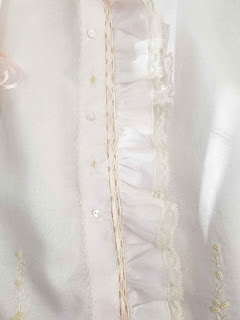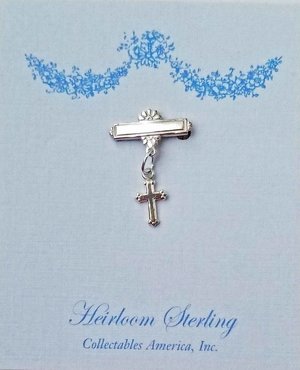I fell in love with French Hand Sewing and English Smocking when my first daughter was an infant. I've sewn and done simple hand embroidery since I was about nine years old. My first project on a sewing machine was an apron for 4-H when I was nine years old. Both my mother and my grandmother had sewing machines. I still remember the clothing my mother made me growing up. My husband, children, and I spent summer vacations at his parents house. The first summer after my daughter was born, a friend of my mother-in-laws taught me how to pleat, smock, and construct a bishop dress. My mother-in-law (Tommie) purchased a pleating machine and I've never stopped smocking.
After returning home that summer, I looked in the yellow pages (yes, there used to be a book published listing all the local businesses) and found that Tuscaloosa, Alabama had a smocking and heirloom sewing shop called Sew Fancy. Later the name was changed to Sew So Fancy. I still remember getting my 19 month old and 6 month old out of the van, putting them in their double stroller and wondering how I was going to get them up the stairs of the old Victorian house where the shop was located. Luckily, the owners of the shop saw me and helped get the stroller into the store. A life long friendship began that day between me and those two sweet women, Swiss Batiste, and French lace.
The world of heirloom sewing was new to me and I desparately wanted to learn all about it. One of the first things I learned was there were two techniques; french sewing by hand and french sewing by machine. French sewing my hand has been used for many generations and uses the finest fabrics and laces so in order for me to try to duplicate the look on the machine, I knew I needed to first learn the technique by hand.
Lessons were a must as were books by Sarah Howard Stone.
During my class, I learned all the techniques from a great teacher and friend. This was a hands on project so I had to select what I wanted to make. My daughter had auburn red hair so I decided aqua Swiss Batiste and ecru laces would be a good choice. Below are pictues of the finished results.























































